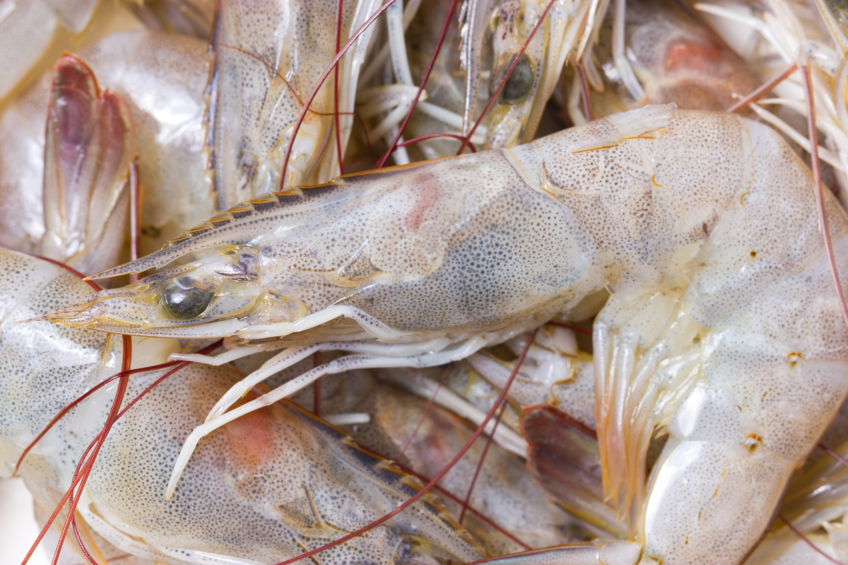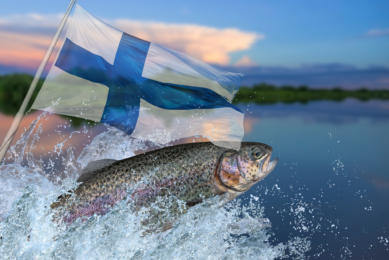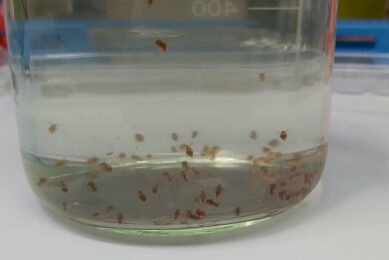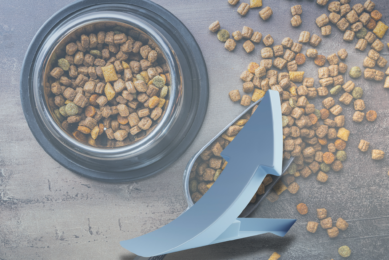Tartaric acid proves to be beneficial for shrimp

A joint study by Iranian and Russian scientists has reportedly discovered a new way of boosting the growth rate and immune response of whiteleg shrimp.
More efficient production
The scientists claimed they have proven that adding a small quantity of tartaric acid – an organic component widely used as an acidity regulator E334 in the food industry – to shrimp diets can make production more efficient.
Study format
Morteza Yousefi, the study’s lead author and associate professor of the Russian RUDN University Department of Veterinary Medicine, revealed that the project involved 600 whiteleg shrimp. They were divided into several groups depending on the tartaric acid content in the feed production, which ranged between 0 and 10 g per 1 kg of feed.
70% drop in mortality
After 2 months of using such a diet, shrimp were infected with pathogenic bacteria. Compared with the control, shrimp mortality dropped by 70% to 20%. Yousefi said the experiment showed that the most effective concentration of tartaric acid was 7.5 g per 1 kg of feed, indicating that it secured the best immune response.
Available, cheap, safe bio-stimulants with antibacterial action are one of the best ways to stimulate the growth of organisms and improve the immune functions of animals
Natural bio-stimulants
In addition, the scientists noted an improvement in the feed conversion ratio and an increase in the content of lactic acid bacteria and active digestive enzymes in the intestines.
“Available, cheap, safe bio-stimulants with antibacterial action are one of the best ways to stimulate the growth of organisms and improve the immune functions of animals,” Yousefi commented.
“Tartaric acid is a common acidity regulator used in the production of a limited range of products. It can function as an antimicrobial agent since the lower the pH level, the lower the risk of microbiological activity,” commented Vladimir Bessonov, head of the food chemistry laboratory at the Federal Research Center for Nutrition, Biotechnology and Food Safety.
Commercial shrimp farming is currently virtually non-existent in Russia. This situation persists despite numerous experiments and commercial projects held in this area over the past 30 years
Assessable, cheap option
Tartaric acid is easy to obtain, Bessonov continued. In particular, it can be done through the processing of winemaking waste, Bessonov said, adding that this component is relatively cheap, so any feed additives based on it will be affordable for aquacultural manufacturers.
The study is practical for Russian aquaculture. The country’s annual consumption of whiteleg shrimp stands at 100,000 tonnes, 80% of which are imported.
“Commercial shrimp farming is currently virtually non-existent in Russia. This situation persists despite numerous experiments and commercial projects held in this area over the past 30 years,” one of the study’s authors commented.











